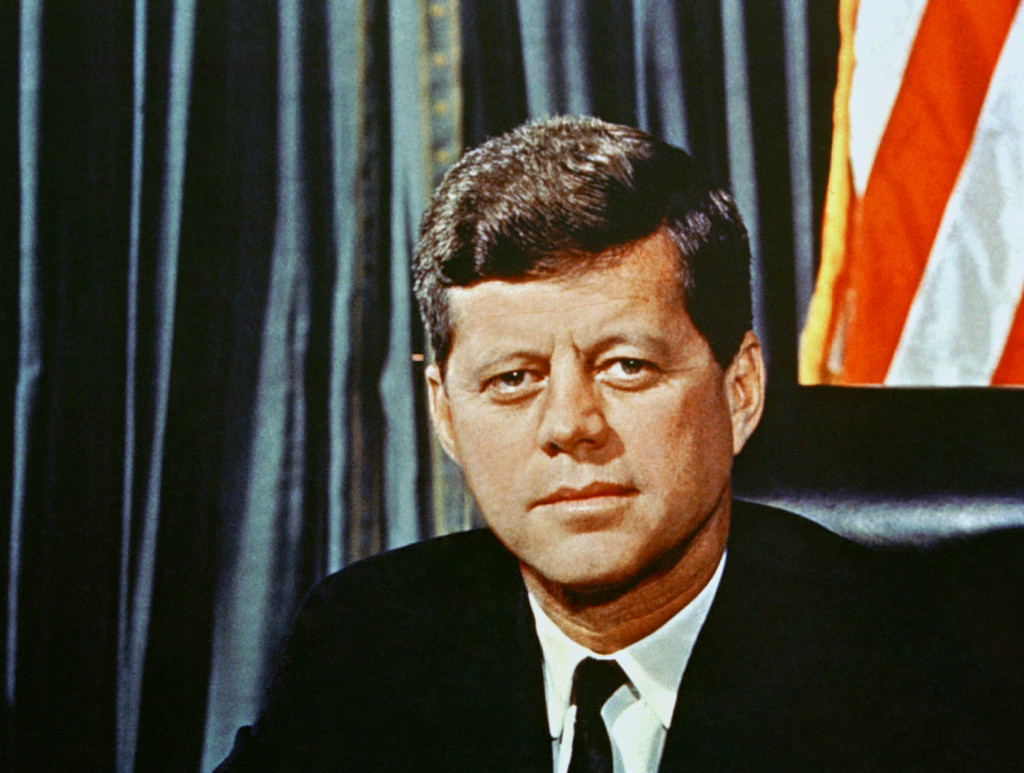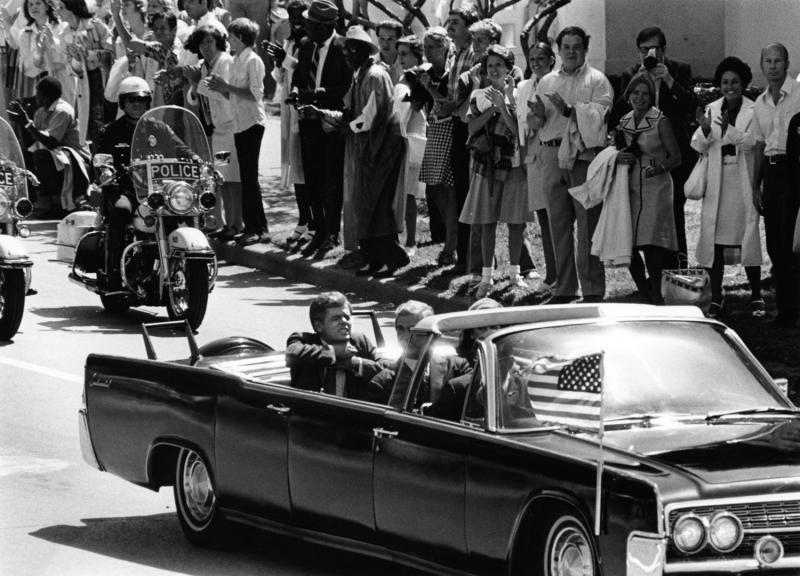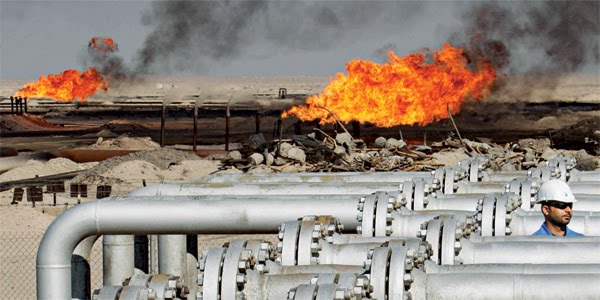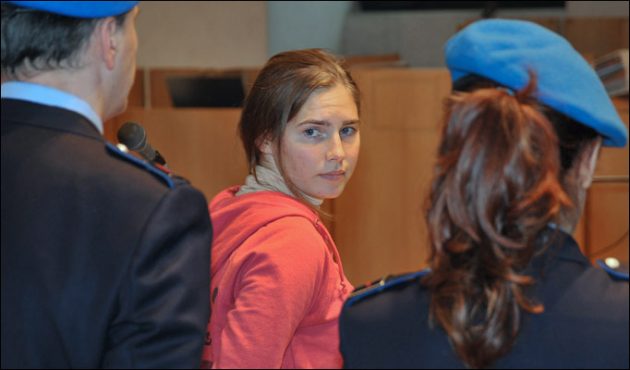
President John Fitzgerald Kennedy has been dead now for more years now than he had lived. And throughout the past half century, only one third of the people queried in any given decade about the shooting that occurred on the outskirts of downtown Dallas,Texas have been convinced that the government-appointed Warren Commission was correct in concluding that 24-year-old pro-communist and ex-U.S. Marine Lee Harvey Oswald acted alone in assassinating President Kennedy on a perfectly clear early afternoon of November 22, 1963. The Warren Commission findings were imperfect, but they were accurate. Lee Harvey Oswald was the lone gunman on that fateful day.
In the immediate aftermath of the assassination, shocked and saddened observers were unable to equate the loss of a handsome and likeable U.S. President at the hands of someone that Jacqueline Kennedy described as a “silly little communist.” Conspiracy theorists rushed in to fill the vacuum, which only served to distort the facts, delay truth, enrich fiction writers, and perform a shameful disservice to American history.

With so much affordable and easily available photo and video editing software today, just about anyone can conduct their own impartial analysis of the most reliable hard evidence—home movie film and still photographs taken in those 20 seconds before, during and after the shooting—and come to only one supportable conclusion: Lee Harvey Oswald did indeed act alone in firing three rifle shots from the sixth floor window of the Book Depository building on the corner of Houston and Elm Streets.
One of Oswald’s bullets entered President Kennedy’s upper back near the base of his neck, exited his throat and proceeded into Governor John Connolly, seriously wounding both men.
Another of the three bullets Oswald struck JFK in the back of the head, killing him instantly. The two bullets that hit JFK were fired 4.92 seconds apart, based on the best available film, photography and computer analysis.
Despite being the most photographed murder of the 20th century, conspiracy critics of the investigation still bellow with impunity, buttressed by the knowledge that when Jack Ruby gunned down Oswald two days after the assassination, he silenced the only person who could answer all questions. And that leaves open the slim possibility that Oswald could have been persuaded by others to shoot the President.
Fair-minded students of the assassination agree that the lone stray bullet struck a street curb in front of the triple roadway underpass beyond the Presidential limo, sending a sliver of concrete across the cheek of 27-year-old bystander James Tague. Tague told the Warren Commission in 1964 that he recalled being stung on the face about the time he heard the second or third shots. Tague didn’t know he was bleeding from a graze wound until he approached a Dallas policeman to share what he knew about the shooting. As it happens, a straight line drawn from the sixth floor window to where Tague was standing would intersect a point on the street where JFK’s limo would have been speeding away. Had Oswald fired his “missed third shot” an instant too early as he was pulling the rifle down, or aimed the rifle barrel an inch too high or to the left as it sped away, his missed shot would have sailed over the top of the limo and directly toward Tague.
Oswald wouldn’t have been affected by an early afternoon sun shining directly into the sixth floor window when his eye was pressed up against the telescopic sight, but sun glare could have hindered his ability to see the damage done to JFK with the naked eye from 90 yards away while he hurriedly reloaded his rifle for a “missed third shot.”
During the time Oswald would have been reloading to fire a “missed third shot”—presumably after hitting JFK with the first two—First Lady Jackie Kennedy was scrambling onto the trunk of the limo to retrieve a part of her husband’s shattered skull. No one is inclined to give an assassin who killed America’s beloved President the benefit of the doubt, but as Oswald would have been taking aim, Mrs. Kennedy would have been situated directly between her husband and Oswald. The full image of Jackie in her pink outfit would have filled Oswald’s magnified telescopic sight just before taking his “missed third shot.” It’s possible he deliberately veered off target.
Perhaps the morbid finality of the fatal head shot is where people draw the line. That’s the moment JFK died and American history forever changed. It ends right then and there. And who can blame anyone for asking, “What difference does the errant gunshot make?”
And they’d be right…it wouldn’t change a thing. But I’d still like to know.
Originally posted 2016-02-24 16:27:50. Republished by Blog Post Promoter













